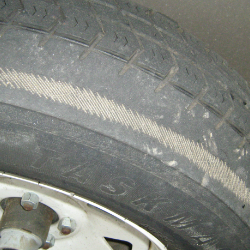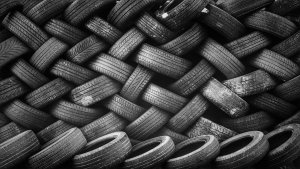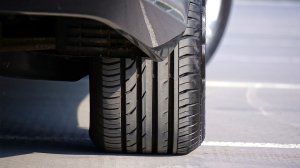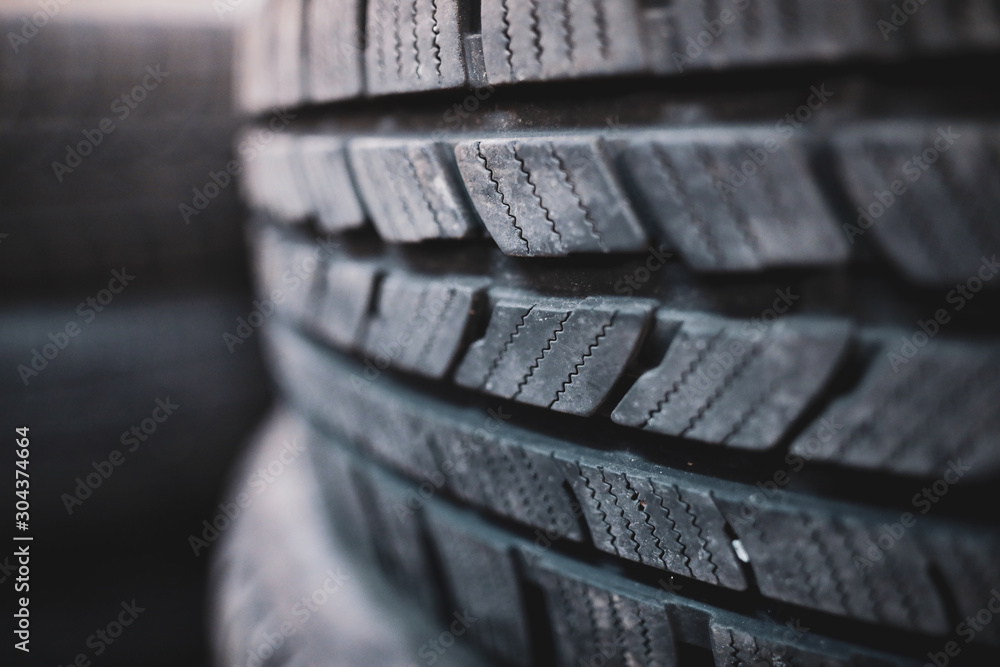Posted on 11/9/2017

Few things typify the holidays like hitting the road to share the magic of the season with family and friends. But with the road choked with other drivers, winter weather hazards, and long empty stretches of sleepy asphalt, a holiday road trip can quickly turn ugly. Keep the joy meter pegged by taking a few precautions to prepare for your trip. 1. Get Your Pre-drive ZZZZZs - Drowsy driving is a largely unheralded hazard, taking a back seat to more socially active no-no's like texting and drinking while driving. A sleepy driver is a gigantic hazard to themselves, passengers and everyone on the road. Make sure you are well rested for the drive and you will find the trip much safer and more enjoyable. 2. Secure the Figgie Pudding - In the event of a collision, packages, food, electronics and other holiday items become airborne hazards and can cause significant harm to passengers. Ensure everything you carry to grandma's house is secured, preferably in the trunk or b ... read more
Posted on 9/7/2017

The cornering and rolling forces on each of your tires are different. If you have a front wheel drive car, the power and most of the force is transmitted to the front tires while the rear tires pretty much just follow along like fixed wagon wheels. A rear-wheel drive car or truck sends power to the back while steering forces are handled by the front wheels. All-wheel drive and 4wd have their unique power, steering and cornering characteristics as well. The point is, your front left tire is going to wear differently than your right rear tire, or for that matter, any of the other tires vary at each corner of the vehicle because of the force and friction. The solution to this problem is tire rotation. Tire rotation involves removing your wheels and tires from the car and putting them in a different position on the car. Many times, your tire service center will take the time to re-balance the wheels and tires while they have them off the car anyway.&nb ... read more
Posted on 3/16/2017

1. For performance and handling, the trend has long been toward fatter tires with a bigger footprint. That’s starting to change, though. Skinnier tires mean lower rolling resistance and better fuel economy, as well as a smaller aerodynamic profile. While fatter tires do handle better, tire engineers are making up the difference by designing skinny tires with a stickier tread formulation for traction and cornering ability.2. Static electricity used to be a real concern for vehicles; if you’re old enough, you may remember seeing station wagons with a “ground strap” dragging along the pavement. It’s become a concern again, with newer tread compounds cutting back on the amount of carbon black in newer tires. The solution? Many tires are now designed with an “antenna strip” of more conductive material down the center of the tread, providing a positive electrical contact between tire and pavement.3. Like with cars, tire manufacturers are doing everyt ... read more
Posted on 2/9/2017

We know that a lot of drivers are working pretty hard to make a dollar go farther and that the outlay for a full set of four tires – even inexpensive tires – can be considerable. That’s why we run across drivers pretty often who ask if it’s okay to just replace a pair of tires, then buy the other pair when they can afford them.The answer is…yes, but…You’ll really need to pay attention to the size of the set of tires that you’ve already got and go with that exact same size of tires for your new pair. Having mismatched sizes of tires on your vehicle can result in squirrelly and unpredictable handling and ride quality. If your existing tires are all-season, go with all-season tires. If they’re winter tires, go with winter tires. Ideally, you should even have the same tread pattern and design on the new tires.Also, the new tires will need to go on the rear, and you can then take the tires that have the most tread left and put them ... read more
Posted on 8/25/2016

There are so many tire designs on the road -- all-season, high performance, touring, light truck -- and even within a specific tire design, there may be several choices of tread patterns. What differentiates them, and what are the pros and cons of each tread design? -- Directional tread has a pattern of grooves and chevron shapes, all pointed in one direction. This design makes it easy to direct water away from the tire's contact patch and prevent hydroplaning in wet weather, and also offers low noise and great road manners. The directional design means tires can only be rotated front-to-rear and not side-to-side or diagonally. -- Symmetrical tread patterns feature grooves or herringbone designs that are extremely uniform across the tire's tread face. Symmetrical designs are popular for touring tires due to their quiet ride, long wear and ease of rotation, making them a very versatile tread pattern. -- Asymmetrical tread patterns are a bit of a c ... read more